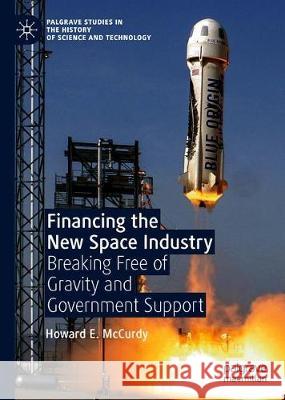Financing the New Space Industry: Breaking Free of Gravity and Government Support » książka
topmenu
Financing the New Space Industry: Breaking Free of Gravity and Government Support
ISBN-13: 9783030322915 / Angielski / Twarda / 2019 / 122 str.
Financing the New Space Industry: Breaking Free of Gravity and Government Support
ISBN-13: 9783030322915 / Angielski / Twarda / 2019 / 122 str.
cena 241,50
(netto: 230,00 VAT: 5%)
Najniższa cena z 30 dni: 231,29
(netto: 230,00 VAT: 5%)
Najniższa cena z 30 dni: 231,29
Termin realizacji zamówienia:
ok. 22 dni roboczych
Bez gwarancji dostawy przed świętami
ok. 22 dni roboczych
Bez gwarancji dostawy przed świętami
Darmowa dostawa!
Kategorie:
Kategorie BISAC:
Wydawca:
Palgrave Pivot
Seria wydawnicza:
Język:
Angielski
ISBN-13:
9783030322915
Rok wydania:
2019
Wydanie:
2019
Numer serii:
000423748
Ilość stron:
122
Waga:
0.36 kg
Wymiary:
21.01 x 14.81 x 1.27
Oprawa:
Twarda
Wolumenów:
01
Dodatkowe informacje:
Wydanie ilustrowane











